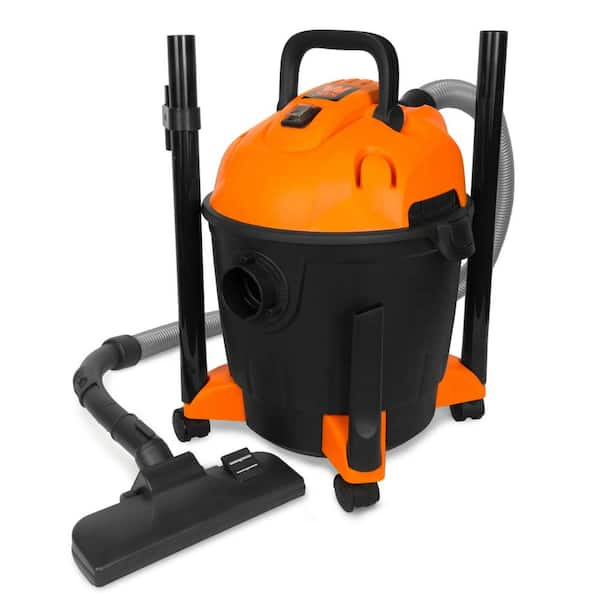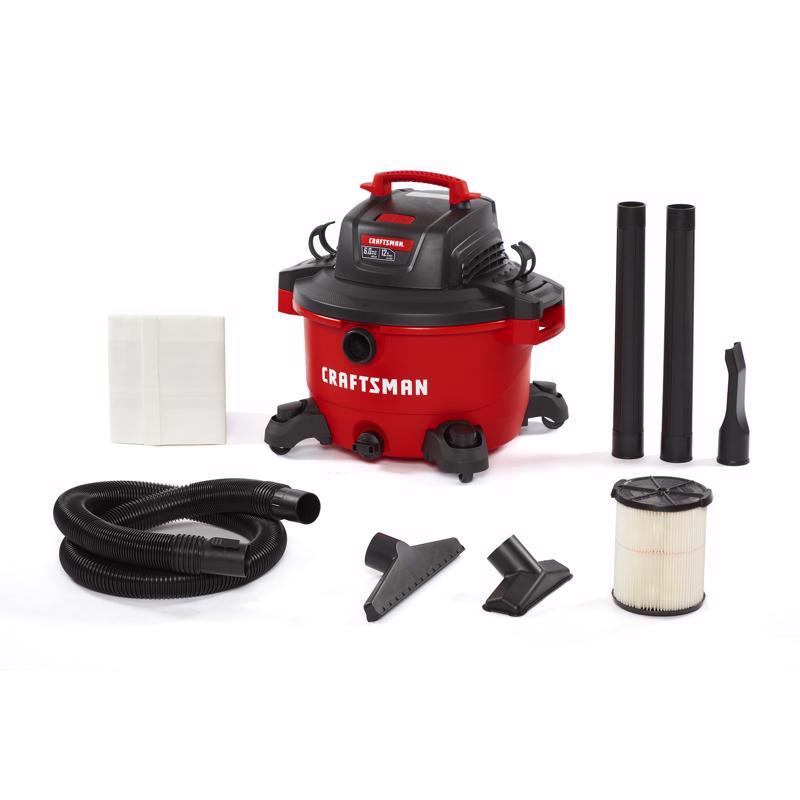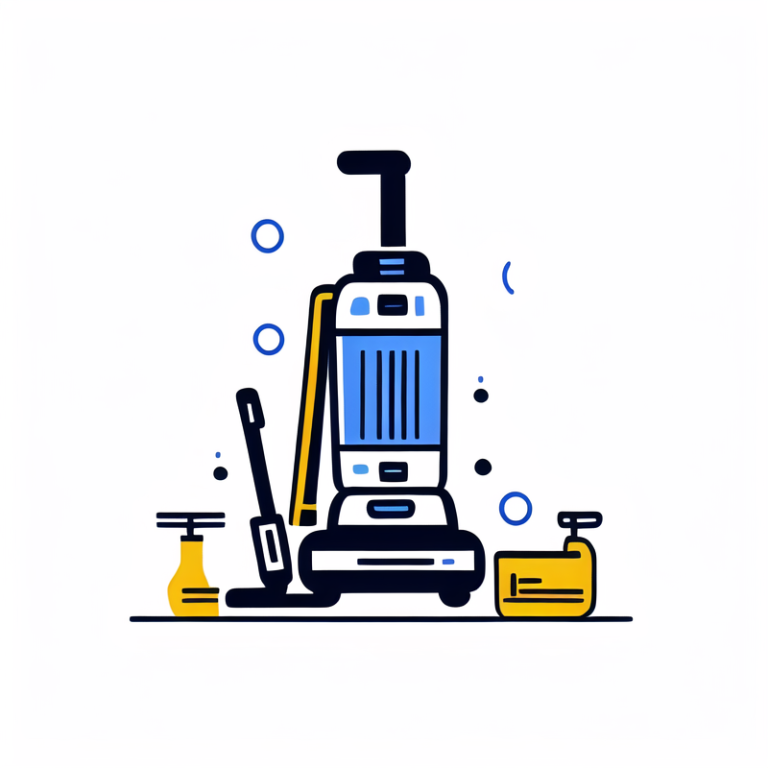Understanding Amperage in Electrical Appliances
How many amps does a vacuum cleaner use? When we talk about electrical appliances like vacuum cleaners, amperage is a key term. Amperage, or current, measures the flow of electricity as it moves through the appliance’s motor. Think of it like water flowing through a pipe. In this analogy, amperage would be how much water is moving. The higher the amperage, the more electricity flows, and typically, the more powerful the device. However, more power doesn’t always mean better performance. It’s about how effectively the appliance uses that power.

To understand how many amps does a vacuum cleaner use, we must first grasp the basics. An ampere, or amp, is the unit for electrical current. The vacuum’s motor requires a certain number of amps to operate. This number can vary depending on the vacuum’s design and functionality. Generally, a standard household vacuum cleaner operates between 5 to 12 amps. Conforming to this range ensures compatibility with most home electrical systems without risk of overload.
It’s essential to note that amperage by itself doesn’t determine cleaning efficiency. Two vacuum cleaners with the same amperage might have different performance levels. That’s because other factors, such as motor efficiency and design, also play a part. Therefore, while considering amperage is important, it’s just one of several aspects to evaluate when choosing a vacuum cleaner.
The Role of Amperage in Vacuum Cleaner Performance
When selecting a vacuum cleaner, amperage is a significant factor to consider. It affects how well the vacuum performs. Here we will dissect the role of amperage in the performance of vacuum cleaners.
Amperage directly impacts the power a vacuum cleaner motor generates. A higher amperage typically means more electrical current is flowing. This added flow can turn into greater suction power. Strong suction is crucial for picking up debris efficiently.
However, amperage alone does not guarantee superior performance. Other components of the vacuum also affect how well it cleans. These include the vacuum’s design, filter efficiency, and whether it has a bagged or bagless system.
For instance, a vacuum cleaner with a well-designed brush roll and high amperage might clean carpets better. On hard floors, though, one with less amperage but finer filtration could perform better. Therefore, it’s not just about ‘how many amps does a vacuum cleaner use,’ but how it uses those amps.
In summary, amperage lays the groundwork for a vacuum cleaner’s potential power. Yet, remember to weigh its role against other features for the best cleaning outcome. Keep the balance between high amperage and other efficient design aspects in mind when choosing.

Average Amperage Ratings for Household Vacuums
When choosing a vacuum cleaner, knowing the average amperage is helpful. Most household vacuums run between 5 to 12 amps. Let’s break it down. Upright vacuums often fall on the higher side, averaging around 7 to 12 amps. Canister vacuums might use less, about 5 to 10 amps. Handheld and stick models typically use the least, averaging 2 to 8 amps.
These average amperage ratings ensure the vacuum is strong enough to clean effectively. At the same time, they prevent household circuits from overloading. High amperage can mean more power, but it doesn’t always equal better cleaning. It’s all about how the vacuum uses its amps. Vacuums designed for deep carpets may need more amps. Ones for light cleaning or hard floors might need less.
Remember these averages when you’re shopping. They can guide you to a vacuum that matches your home’s needs and electrical capacity. Always check your home circuits to ensure compatibility. This way, you avoid any electrical issues while using your vacuum cleaner.
In summary, while ‘how many amps does a vacuum cleaner use’ is a good question, the answer varies. It depends on the type, and the average ratings help you understand what to expect. Keep these numbers in mind to find a balance between power and efficiency.
Factors Influencing the Amperage of Vacuum Cleaners
To truly understand how many amps a vacuum cleaner uses, we need to consider various factors that influence this number. Here are some key elements that can impact a vacuum cleaner’s amperage:
- Motor Efficiency: A high-efficiency motor can do more with less amperage. It uses electricity more effectively.
- Design of the Vacuum: The overall build, including the brush roll and nozzle design, can change amperage needs.
- Type of Cleaning Surface: Vacuums for deep carpets may need more amps. Models for hard floors might use less.
- Circuit Limitations: The electrical systems in most homes limit the amperage a vacuum can use safely.
- Additional Features: Functions like motorized brushes or lights can raise a vacuum’s amperage usage.
- Filter Type: Vacuums with HEPA filters may use more amps due to the extra power needed to pull air through the fine mesh.
These factors help explain why a vacuum’s performance can’t be measured by amperage alone. Let’s bear in mind that while a higher amperage might suggest more power, the efficiency and design also determine how well a vacuum performs. When you’re selecting a new appliance, think about how these elements come into play. Aim for a model that provides the right balance for your needs. Keep these points in mind for an informed choice beyond simply ‘how many amps does a vacuum cleaner use’.

How to Find Your Vacuum Cleaner’s Amperage Rating
If you’re eager to know ‘how many amps does a vacuum cleaner use’, checking the amperage rating is key. The details are often in the user manual that comes with your vacuum cleaner. If you misplaced the manual, don’t worry. Many manufacturers also list this information on their websites. Just look for the model number of your vacuum cleaner and search accordingly.
Another way to find the amperage is by inspecting the vacuum itself. Typically, there’s a label on the back or bottom of the cleaner. This label might show the amperage. It can be a small plate or sticker with various electrical specifications. Alongside the amperage, you’ll most likely see voltage and wattage ratings too.
Don’t overlook the product’s packaging if you still have it. Companies frequently display specs like amperage on the box. This makes it easier for shoppers to compare different models in-store.
When you find the rating, remember it’s the maximum amperage the vacuum uses. During regular use, it may actually use less power. The amperage rating gives you a good idea of the vacuum’s power capability.
For those who like tech solutions, apps exist that can measure the amperage use of appliances. Plug-in monitors are another tech tool that can track this info. They offer a digital reading of how much current your vacuum draws in real-time.
In conclusion, there are several ways to check ‘how many amps does a vacuum cleaner use’. Whether it’s through the manual, the vacuum label, online resources, the product box, or tech tools, finding this rating is quite straightforward. Knowing the amperage helps you understand your vacuum’s power and ensure it is suitable for your home’s electrical system.
Comparing Amperage Across Different Types of Vacuums
When shopping for a vacuum, understanding amperage across different models is crucial. Upright, canister, stick, and handheld vacuums vary not just in size and shape but also in their amperage use. Here’s a quick comparison:
- Upright Vacuums: These common household vacuums typically use between 7 to 12 amps. They are designed for powerful suction and deep cleaning, hence the higher amperage.
- Canister Vacuums: More compact, canister vacuums are likely to use less power, averaging around 5 to 10 amps.
- Stick Vacuums: Ideal for light cleaning and small areas, stick vacuums generally need fewer amps. Expect them to range from 2 to 8 amps.
- Handheld Vacuums: These are the most portable and often the lowest in amperage use, from 2 to 6 amps.
It’s clear that the size and design of a vacuum play a role in determining its amperage. But remember, ‘how many amps does a vacuum cleaner use’ does not always point to performance. A smaller stick or handheld vacuum may provide less suction than a heavy-duty upright, yet it could be perfect for quick cleanups or small spills.
Consider the specific needs of your home or cleaning tasks when comparing these types. If you need to tackle deep carpets, an upright with more amps might be best. Looking for something for a small apartment with hard floors? A lower amperage stick or canister vacuum could meet your needs. Always check the amperage but balance this with the vacuum’s design and intended use.
The Relationship between Amperage, Wattage, and Suction Power
Understanding how amperage relates to wattage and suction is key when choosing a vacuum cleaner. Amperage measures the electrical current’s flow to the motor. Wattage represents the total power consumption. Suction power is the vacuum’s ability to pick up dirt.
A vacuum’s wattage is a product of its amperage and voltage. Higher amperage and voltage often mean higher wattage. But a high wattage does not always equal more suction power. It’s about how the vacuum applies that energy. Effective motor and design can lead to strong suction even with lower wattage.
Many think more amps mean better suction. This is not always true. Some vacuums with lower amperage perform better. They have more efficient motors and design. These factors affect their ability to lift and remove dirt.
It’s not just about ‘how many amps does a vacuum cleaner use’. It’s about the combination of amperage, wattage, and design. Together, they influence suction power. The right balance gives you a vacuum that cleans well without wasting energy.
In summary, look beyond amperage when shopping for a vacuum. Consider wattage and suction power too. Choose a vacuum that uses power effectively for the best cleaning experience. Keep these tips in mind for a wise purchase decision.
Tips for Choosing the Right Amperage in a New Vacuum Cleaner
When you’re on the hunt for a new vacuum cleaner, amperage is a vital stat. Here are some tips to help guide your choice.
First, match the amperage to your cleaning needs. If you have thick carpets, a higher amperage might be better. For light cleaning or hard floors, less amperage can be enough.
Next, consider the size of your home. Larger spaces may benefit from vacuums with more amperage. They provide strong suction over more area. Small homes or apartments might not need that much power.
Check your electrical system. Make sure it can handle the vacuum’s amperage without tripping breakers. Most home circuits cope well with standard vacuums. But it’s good to be sure.
Don’t forget about efficiency. Vacuums with the same amperage can perform differently. Look for one with good motor efficiency and design. This way, you get the most out of every amp.
Read reviews and compare models. Reviews can tell you how a vacuum performs in the real world. They may mention if a high-amperage vacuum really has better suction.
Lastly, remember that amperage is just one piece of the puzzle. Balance this feature with other aspects like filtration, noise level, and ease of use. The keyword ‘how many amps does a vacuum cleaner use’ is helpful, but there’s more to consider. Find a vacuum that offers the best overall value for your specific situation.


